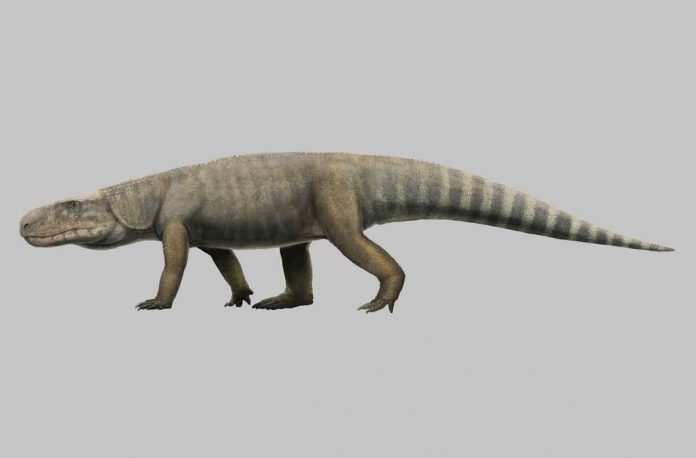A set of Triassic archosaur fossils have been excavated in the 1960s in Tanzania. They have been formally recognized as a distinct species. They represent one of the earliest-known members of the crocodile evolutionary lineage.
University of Birmingham, Natural History Museum and Virginia Tech University scientists have named the animal Mambawakale ruhuhu. It is among the last to be studied of a collection of fossils. These fossils were dug up nearly 60 years ago from the Manda Beds. It is a geological formation in southern Tanzania.
The remains are the only known example of Mambawakale ruhuhu. They have a partial skull, lower jaw, several vertebrae and a hand. Scientists identified several distinctive features. These features set it apart from other archosaurs found in the Manda Beds.
The skull is more than 75 cm in length. They have a particularly large nostril and a notably narrow lower jaw and strong variation in the sizes of the teeth at the front of the upper jaws.
The study has been published in Royal Society Open Science. The study ties up the final loose end of an ambitious fossil expedition. Most of the finds brought back from that expedition have now been formally described and catalogued.
Scientists recognized the previously little acknowledged contributions of Tanzanians. The name came from Kiswahili which is one of the native languages of Tanzania. Mambawakale means ancient crocodile. Ruhuhu means the Ruhuhu Basin. It is the region within which the fossil was excavated.

